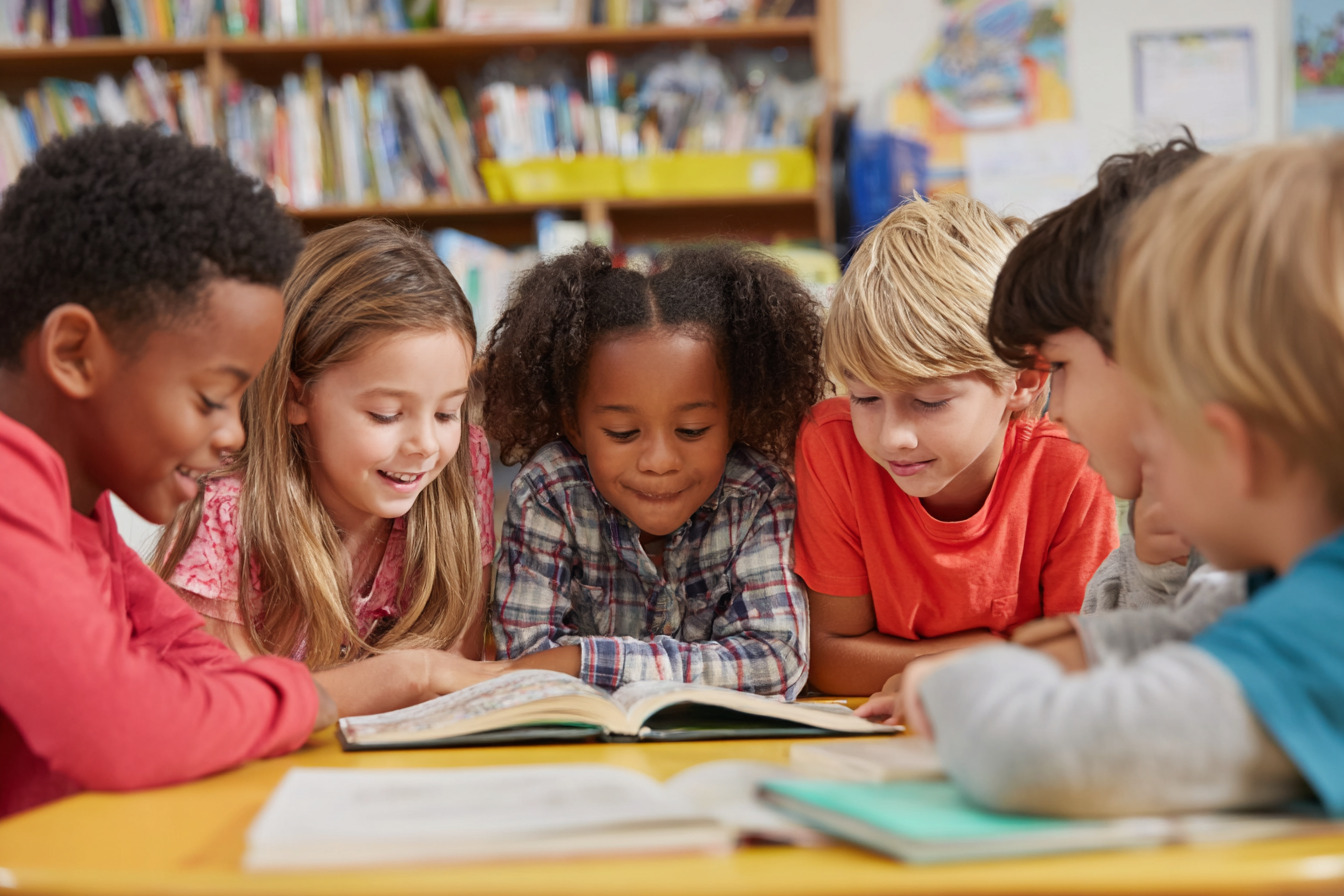Unit Plan 14 (Grade 2 ELA): Poetry Sound & Meaning
Second graders explore rhythm, rhyme, and alliteration to understand how poets create sound and meaning. They read poems with phrasing, use context to clarify words, and perform expressive readings supported by simple visuals.

Focus: Rhythm, rhyme, alliteration; meaning of words/phrases
Grade Level: 2
Subject Area: English Language Arts (Reading Literature • Foundational Skills • Speaking/Listening)
Total Unit Duration: 5 sessions (one week), 45–60 minutes per session
I. Introduction
Poetry is music made of words. This week, students listen for rhythm (steady beat/phrasing), spot rhyme and repeated lines, and play with alliteration (same starting sounds). They’ll practice reading poems with accuracy, expression, and phrasing, using context to fix tricky words, and explain how a poem’s words/phrases create sound and meaning. The week ends with a short performance recording supported by a simple visual.
II. Objectives and Standards
Learning Objectives — Students will be able to…
- Describe how rhyme, rhythm, repeated lines, and alliteration help a poem’s sound and meaning (RL.2.4).
- Read short poems with accuracy, appropriate rate, and expression, using context to confirm or self-correct (RF.2.4b–c).
- Create a brief audio performance of a poem/poem excerpt and add a visual to clarify ideas or feelings (SL.2.5).
Standards Alignment — CCSS Grade 2
- RL.2.4, RF.2.4b–c, SL.2.5
Success Criteria — student language
- I can hear and find rhyme, beat, and alliteration in a poem.
- I can tell what a word or phrase means using the poem and picture clues.
- I can read a poem smoothly and with feeling, fixing mistakes with context.
- I can make a short audio performance and add a helpful visual.
